
When science meets spirits, extraordinary things happen. Molecular mixology—the application of scientific techniques and equipment to cocktail creation—has revolutionized how we experience rum drinks. From flash-frozen spheres to aromatic clouds, modern mixologists are transforming Caribbean rum traditions into multisensory experiences that challenge perceptions and delight the senses in ways conventional cocktails simply cannot.
The Science Behind the Spectacle
Molecular mixology isn't just about visual drama—it's rooted in genuine scientific principles that transform both the physical properties and flavor profiles of ingredients. These techniques allow mixologists to manipulate texture, temperature, and form while enhancing the natural characteristics of premium rum.
The scientific foundation of molecular mixology includes:
- Phase transitions - Changing the physical state of ingredients (liquid to solid, solid to gas)
- Emulsification - Combining immiscible liquids that would normally separate
- Gelification - Creating gel structures from liquid components
- Spherification - Encapsulating liquids in thin gel membranes
- Aromatic manipulation - Isolating and intensifying volatile compounds
These methods allow bartenders to present rum in entirely new contexts, highlighting flavor compounds that might be overlooked in traditional preparations. For example, The BigCane Silver Rum contains subtle vanilla notes that can be amplified through specific molecular techniques, creating an experience that reveals the spirit's complexity.
Essential Molecular Techniques for Rum Cocktails
Several molecular approaches particularly complement rum's natural characteristics:
Key Molecular Techniques for Rum
- Spherification - Creating liquid-filled "pearls" that burst with flavor, perfect for capturing intense rum-based syrups or infusions
- Flash Freezing with Liquid Nitrogen - Instantly freezing rum mixtures to create dramatic temperature contrasts and unique textures
- Foam Creation - Producing stable, flavorful foams that showcase rum's aromatic compounds
- Smoke Infusion - Adding complementary smoky dimensions that enhance aged rum's complexity
- Edible Cocktail Gels - Transforming liquid cocktails into solid, chewable forms that release flavor gradually
 Rum and passionfruit spherification pearls
Rum and passionfruit spherification pearls
 Smoke-infused spiced rum Old Fashioned
Smoke-infused spiced rum Old Fashioned
"Molecular mixology isn't about gimmicks—it's about using science to access flavor profiles and textural experiences that were previously impossible. With rum, we're revealing hidden dimensions of a spirit that already has incredible complexity." - Jasmine Rodriguez, Head Mixologist at The Molecular Bar, San Juan
Signature Molecular Rum Cocktails
Innovative bartenders worldwide are creating signature molecular rum cocktails that showcase the potential of these techniques. Here are some of the most remarkable examples:
The Nebula Daiquiri
This reimagined classic uses The BigCane Silver Rum as its base but transforms the traditional daiquiri format through the application of several molecular techniques:
- The rum is infused with lime zest using rapid infusion in a vacuum chamber
- Sugar is replaced with an ultrasonic-created citrus syrup that contains suspended micro-bubbles
- The cocktail is served under a dome of frozen lime "air" that melts as you drink
The result is a daiquiri that evolves as you experience it, with flavor intensity that builds and changes rather than remaining static.
Caribbean Terroir
This ambitious creation from The BigCane's innovation lab uses molecular techniques to represent the entire journey of rum production in a single glass:
- The base features clarified The BigCane Spiced Rum
- Sugarcane essence is captured in edible pearls that burst as you drink
- Oak-infused foam represents the aging process
- A "soil" of dehydrated molasses and spices lines the rim
This cocktail isn't just delicious—it tells the story of rum's creation through texture and flavor.
The Equipment Behind Molecular Mixology
Creating molecular cocktails requires specialized equipment that might seem more at home in a laboratory than behind a bar. Key tools include:
Essential Molecular Mixology Equipment
- Rotary Evaporator - Distills liquids at low temperatures to preserve delicate flavors
- Sous Vide Immersion Circulator - Enables precise temperature control for infusions
- Centrifuge - Separates mixtures based on density, creating clarified liquids
- Ultrasonic Homogenizer - Breaks down particles and accelerates infusion
- Anti-griddle - Flash-freezes liquids on contact for semi-frozen creations
- Dehydrator - Removes moisture to create garnishes and edible elements
- Smoking Gun - Adds targeted smoke flavor without heat
While this equipment represents a significant investment, simplified versions of molecular techniques are becoming more accessible to home mixologists and smaller establishments through affordable alternatives and creative workarounds.
Chemical Agents and Ingredients
Beyond equipment, molecular mixology relies on specific ingredients rarely found in traditional cocktail recipes:
- Sodium Alginate - A seaweed derivative used in spherification
- Calcium Chloride - Creates the reaction needed for spherification
- Agar-agar - Plant-based gelatin alternative for creating firm gels
- Lecithin - Natural emulsifier that stabilizes foams
- Xanthan Gum - Thickening agent that improves texture and stability
- Maltodextrin - Converts oils and fats into powders
- Liquid Nitrogen - For instant freezing and dramatic presentations
These ingredients might sound intimidating, but most are derived from natural sources and have been used in food preparation for decades. When handled properly, they're completely safe and can transform rum cocktails in remarkable ways.
The BigCane's Approach to Molecular Mixology
At The BigCane, we believe molecular techniques should enhance rum's natural qualities rather than mask them. Our approach focuses on using science to highlight the complex flavor profiles that result from our careful distillation and aging processes.
Our molecular program includes:
- The Laboratory Series - Limited-edition bottlings created using molecular techniques
- Molecular Masterclasses - Educational experiences for bartenders and enthusiasts
- Collaboration Program - Partnerships with leading molecular mixologists
- Research & Development - Ongoing exploration of new techniques specifically suited to rum
Experience Molecular Mixology with The BigCane
Join us for our upcoming Molecular Mixology Masterclass, where our expert mixologists will guide you through creating spectacular rum cocktails using scientific techniques.
Reserve Your SpotDIY Molecular Rum Cocktails
While some molecular techniques require specialized equipment, many can be adapted for home bartenders. Here's a simplified molecular rum cocktail you can create in your own kitchen:
Rum Caviar Mojito
Equipment needed:
- Eye dropper or squeeze bottle
- Two bowls
- Small strainer
- Kitchen scale (for precision)
Ingredients:
- 100ml The BigCane Silver Rum
- 50ml fresh lime juice
- 50ml mint syrup (simple syrup steeped with fresh mint)
- 1g sodium alginate
- 5g calcium chloride
- 500ml cold water (for calcium bath)
- Soda water
- Fresh mint for garnish
Method:
- Mix sodium alginate with the rum, lime juice, and mint syrup using an immersion blender. Let rest for 15 minutes to remove air bubbles.
- Dissolve calcium chloride in cold water to create your setting bath.
- Using your dropper or squeeze bottle, carefully drop the rum mixture into the calcium bath.
- Allow the drops to set for 1 minute, creating small rum-filled spheres.
- Gently remove the spheres with a strainer and rinse in clean water.
- To serve, place the rum caviar in a glass, add crushed ice, and top with soda water and fresh mint.
The result is a mojito with bursting pearls of intense rum-mint-lime flavor that pop in your mouth as you drink – a multi-sensory experience that transforms a familiar cocktail.
The Future of Molecular Rum Mixology
As molecular techniques become more accessible and understood, we're seeing exciting trends emerging in the rum space:
- Hybrid Approaches - Blending traditional Caribbean rum preparations with select molecular techniques
- Sustainability Focus - Using molecular methods to reduce waste and maximize ingredient usage
- Personalization - Creating bespoke molecular cocktails based on individual taste preferences
- Health-Conscious Applications - Developing techniques that deliver flavor intensity with reduced sugar and alcohol content
- Cultural Storytelling - Using molecular methods to express Caribbean cultural narratives through rum
The most promising developments don't view molecular mixology as a replacement for traditional rum cocktails but as an expansion of possibilities. The best molecular mixologists honor rum's rich heritage while pushing the boundaries of what's possible.
Beyond the Spectacle: Finding Balance
While molecular techniques can create impressive visual effects, the most successful applications prioritize flavor and experience over novelty. Critics of molecular mixology often point to style-over-substance creations that sacrifice taste for spectacle.
At The BigCane, we believe the true potential of molecular rum mixology lies in thoughtful application—using scientific techniques only when they genuinely enhance the drinking experience. Each molecular element should serve a purpose, whether it's intensifying flavor, creating textural contrast, or triggering sensory connections.
The future belongs to those who can balance innovation with respect for rum's rich traditions, creating molecular cocktails that not only surprise and delight but also express the essential character of this remarkable spirit.
Whether you're an experienced mixologist or a curious enthusiast, molecular techniques offer new ways to explore and appreciate rum's complexity. As these methods become more accessible, we invite you to join us in discovering the extraordinary possibilities that emerge when science, art, and Caribbean tradition come together in a glass.
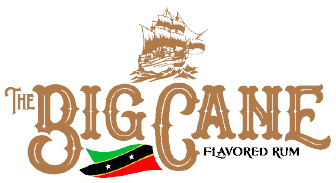
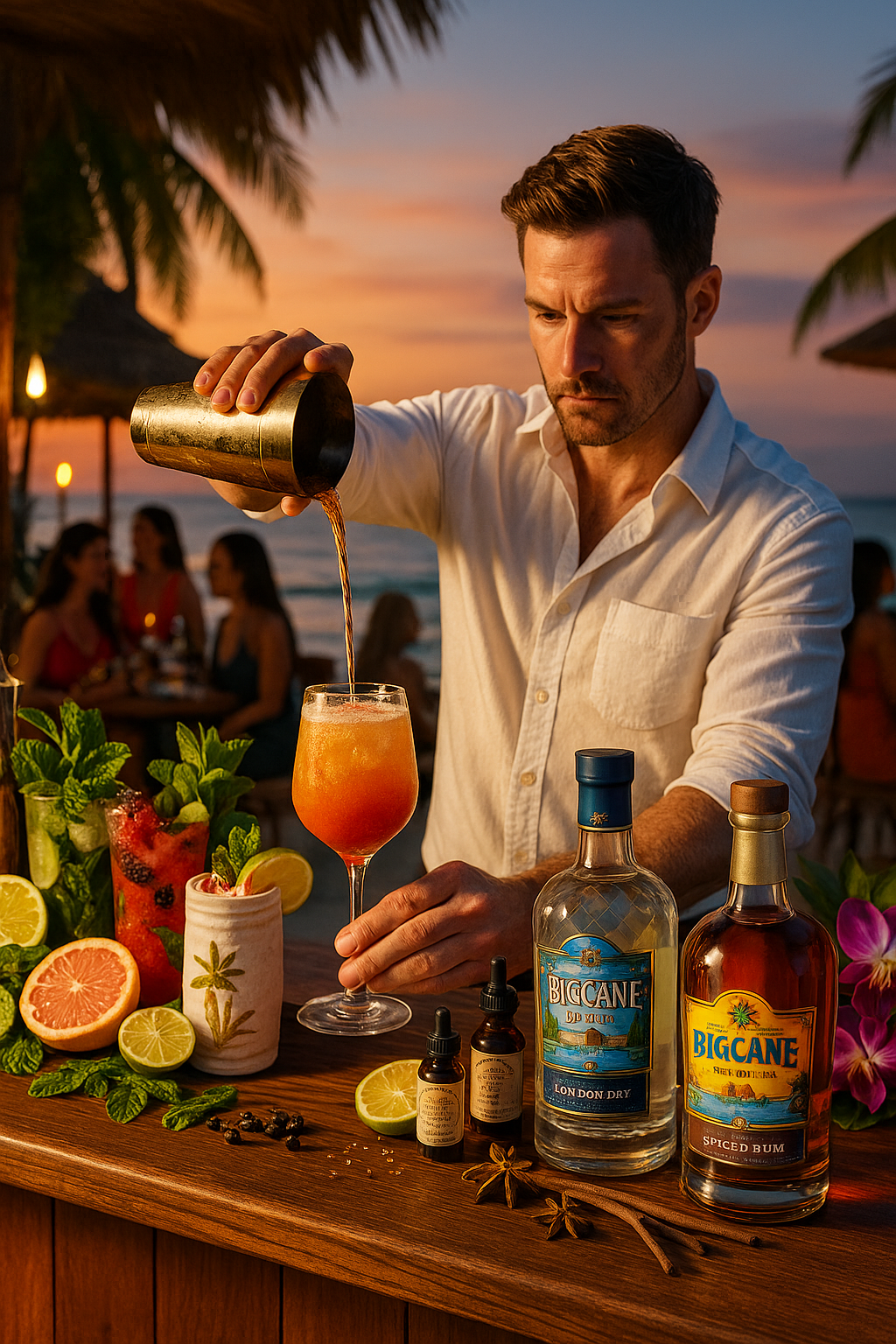

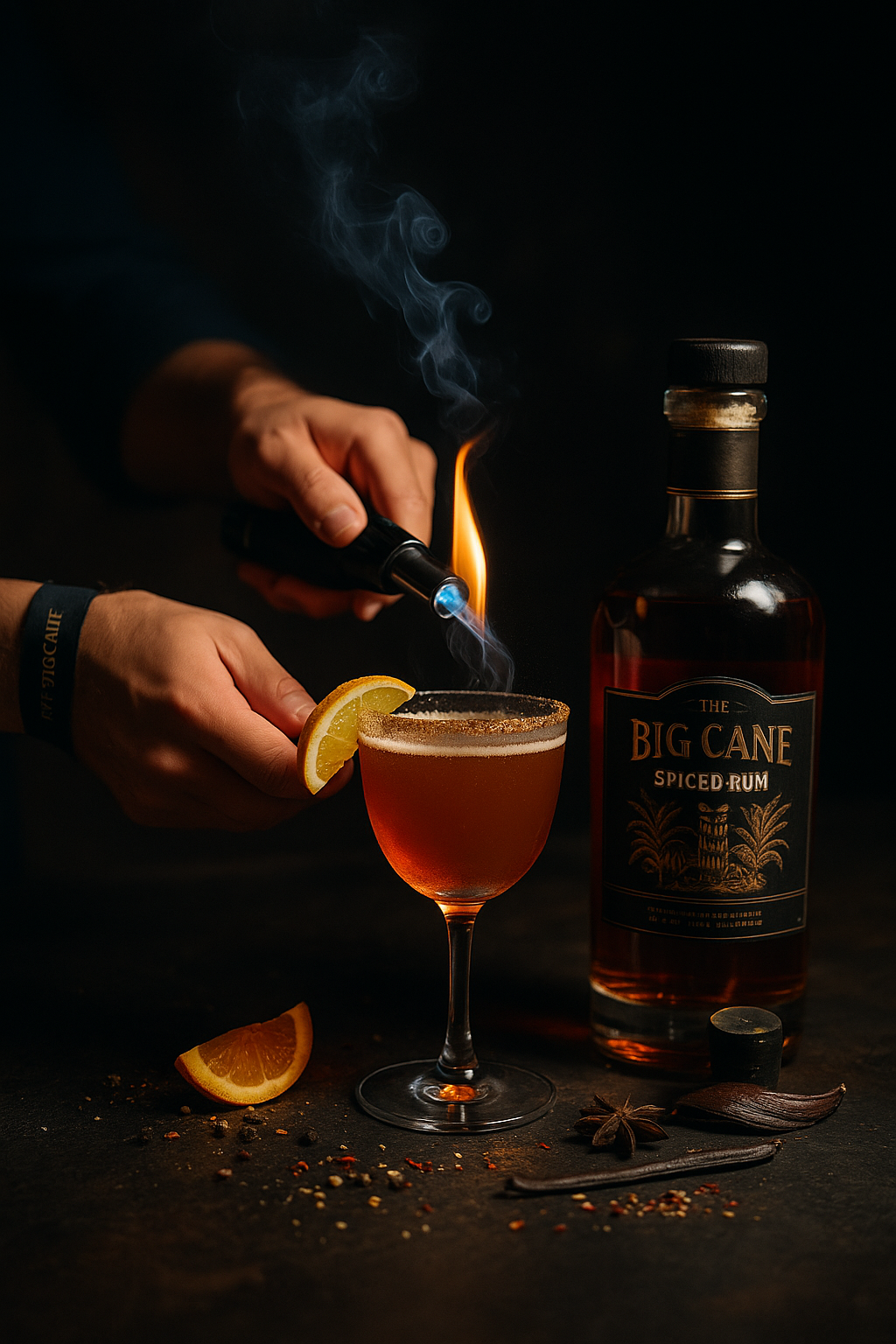
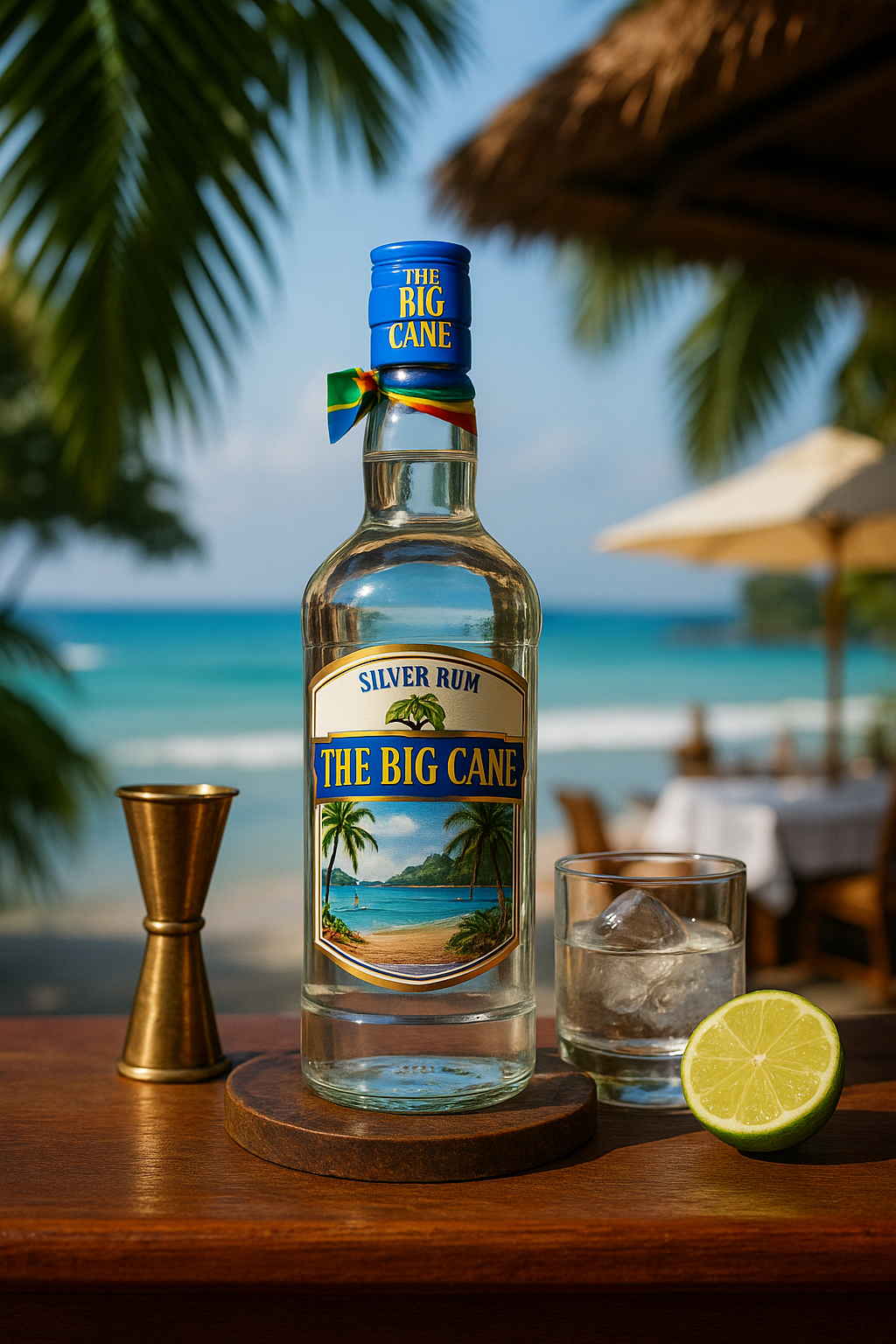
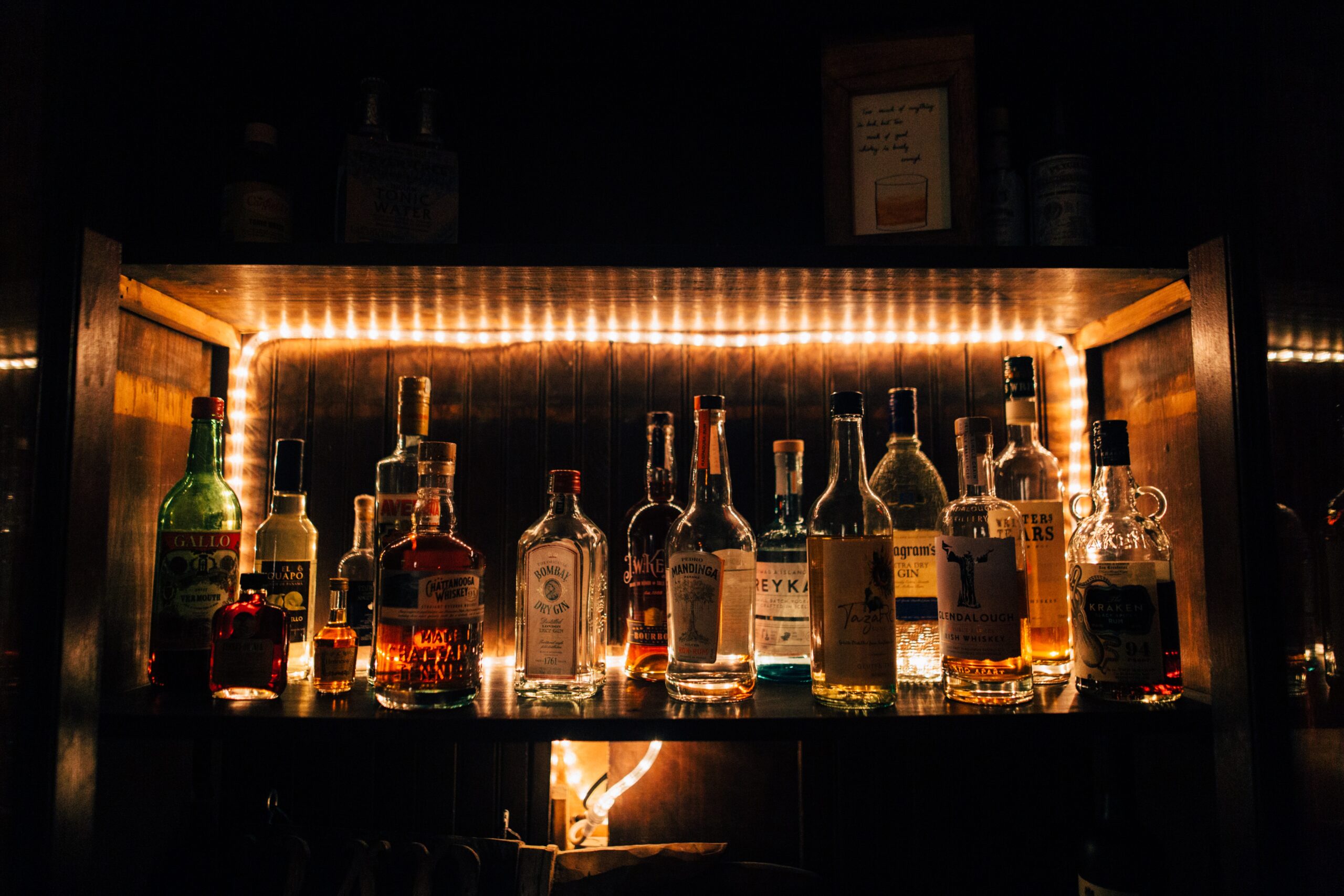
Comments (15)
Samuel Reynolds
January 12, 2025Finally, a clear explanation of molecular mixology that doesn't feel intimidating! I tried the Rum Caviar Mojito recipe and while my first batch was a bit messy, the second attempt turned out incredible. The burst of flavors really does change how you experience the cocktail. Any tips on where to source the sodium alginate and calcium chloride for home use?
Alex Carter
Author January 12, 2025Thanks for trying the recipe, Samuel! You can find food-grade sodium alginate and calcium chloride online from specialty culinary suppliers or even from some larger online marketplaces. Look for "molecular gastronomy kits" which often include these ingredients in appropriate quantities for home use. The trick with the caviar is to let your base mixture rest completely to remove air bubbles - that will give you more consistent results!
Martina Chen
January 11, 2025I've been experimenting with molecular techniques in my home bar for about a year now, and rum is definitely one of the most versatile spirits for these methods. The BigCane Silver Rum works beautifully for spherification because of its clean profile. Has anyone tried using a smoking gun with the Spiced Rum? I'm curious how the additional smoke layer interacts with the existing spice notes.
Leave a Comment